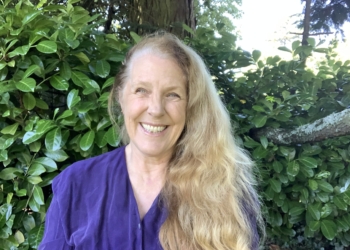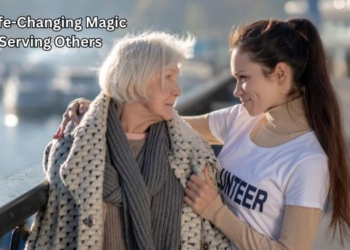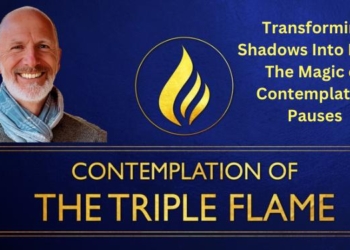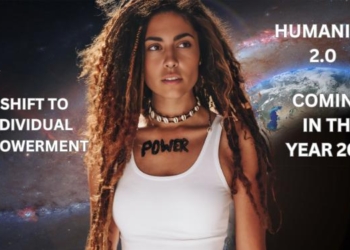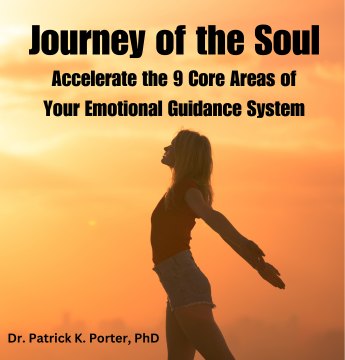
Thanks to the internet and all our various portable, interconnected devices, we can now be in nearly constant communication with people near and far. Such communication can be nurturing, empowering and inspirational–but at times it can also feel like being part of a disfunctional, dissociated family with all manner of divisions, schisms, and negative emotions swirling around. The resulting severed relationships can erupt in many types of violence, sometimes with truly heartbreaking results.
One of the ways we can experience more positive attributes of our newfound interconnectedness and fewer unpleasant aspects is by practicing and embodying compassion in our daily lives with everyone we converse with. With each of us doing the best we personally can to envision and take steps into creating a more compassionate, nonviolent world, this dream can become a reality.
How can we achieve such a dream, you may ask? Fortunately, there are tools we can learn to use to bring nonviolent communication (NVC), also called compassionate communication or collaborative communication, into our lives. Marshall Rosenberg formed NVC theory based on the foundational idea that we all are capable of expressing compassion, and that we learn habits of thinking and speaking and behaving based on what we learn in our families, social groups, and culture. NVC theory describes that conflicts arise when peoples various strategies for how they meet their various needs clash with one another–and NVC then provides tools by which people can identify shared needs and collaborate to create ways to meet those needs. NVC thus can facilitate harmony and learning how to create future cooperation on levels of self, self-with-others, and within social systems and groups.
Non Violent Communication (NVC)
Since it was first developed in the 1960s, Nonviolent communication has proven tremendously helpful in reducing conflict within individuals, within families, within organizations and between warring countries and in conflict zones.
NVC was first formally taught in 1972 with a model based on three steps that included: observations, feelings, and action-oriented wants. By 1992, an fourth aspect was included, so NVC now includes: observations, feelings, needs, and requests. The most recent evolution of the NVC model places more emphasis on this model being a process, where primary focus and emphasis is placed on an NVC practitioner's intentions when communicating, rather than the four steps themselves. Through such shifted emphasis on intentions, the focus becomes more about fostering meaningful relationships, rather than just getting what one wants–and on extending heartfelt, respectful attentiveness to others, rather than thinking about what one will say in response. Keeping in mind that the four steps are meant to provide a guideline, and that the main key is to embody the qualities of compassion in oneself, while either clearly expressing how you are without blaming or criticizing or empathically receiving how another person is without hearing blame or criticism, here they are:
(1) Observations
State what you directly observe that seems counter to your wellbeing (and empathically receive what another shares that they directly observe): “When I (see / hear) … ”
2) Feelings
State how you feel (emotions and sensations–not thoughts) in relation to what's observed (and empathically receive what another shares that they feel): ” … I feel … ”
(3) Needs
State what you need or value (not a preference or action) that generates your feelings (and empathically receive what another needs and values): “… because I need/value …”
(4) Requests
Clearly request what concrete actions you'd like taken, without demanding (and empathically receive what actions another would like taken): “Would you be willing to … ?”
NVC in the Internet Age
At this time when face-to-face interactions now represent an ever-declining percentage of the time we spend interacting with others, we face a challenge of how to develop inner peace within ourselves and then effectively share that peace with the rest of the world. When we remember that written words can carry inadvertent emotional “tones,” we can do a better job of making an extra effort to indicate, for example, that we intend a certain remark to be humorous, rather than taken offensively as a sarcastically negative, or snarky, remark.
When it comes to internet and social media communications, it's not so important to stress about whether or not you did or said something right–but the main thing to focus on is practicing ever-deepening compassion with yourself, and with others. Yes, this can be viewed as a form of spiritual practice, or of self-improvement. While every sentient being has some knowledge of itself, the greatest heights of consciousness and self-consciousness come from self-reflection. Such self-reflection starts with awareness of that which one may be less than proud–yet inevitably leads past those ‘darker' areas into the light.
It may help to know you're not alone in adopting a more compassionate way of living with yourself, with others, and with the world; there is a growing community of those of us dedicated toward living within ourselves in a state of unconditional love, and doing our best to share this expansive unconditional love with everyone in our lives.
You can watch the companion video to this blog post at:
___________________________
 Cynthia Sue Larson is the best-selling author of six books, including Quantum Jumps. Cynthia has a degree in Physics from UC Berkeley, and discusses consciousness and quantum physics on numerous shows including the History Channel, Gaia TV, Coast to Coast AM, the BBC and One World with Deepak Chopra and on the Living the Quantum Dream show she hosts. You can subscribe to Cynthia’s free monthly ezine at: https://www.RealityShifters.com
Cynthia Sue Larson is the best-selling author of six books, including Quantum Jumps. Cynthia has a degree in Physics from UC Berkeley, and discusses consciousness and quantum physics on numerous shows including the History Channel, Gaia TV, Coast to Coast AM, the BBC and One World with Deepak Chopra and on the Living the Quantum Dream show she hosts. You can subscribe to Cynthia’s free monthly ezine at: https://www.RealityShifters.com



